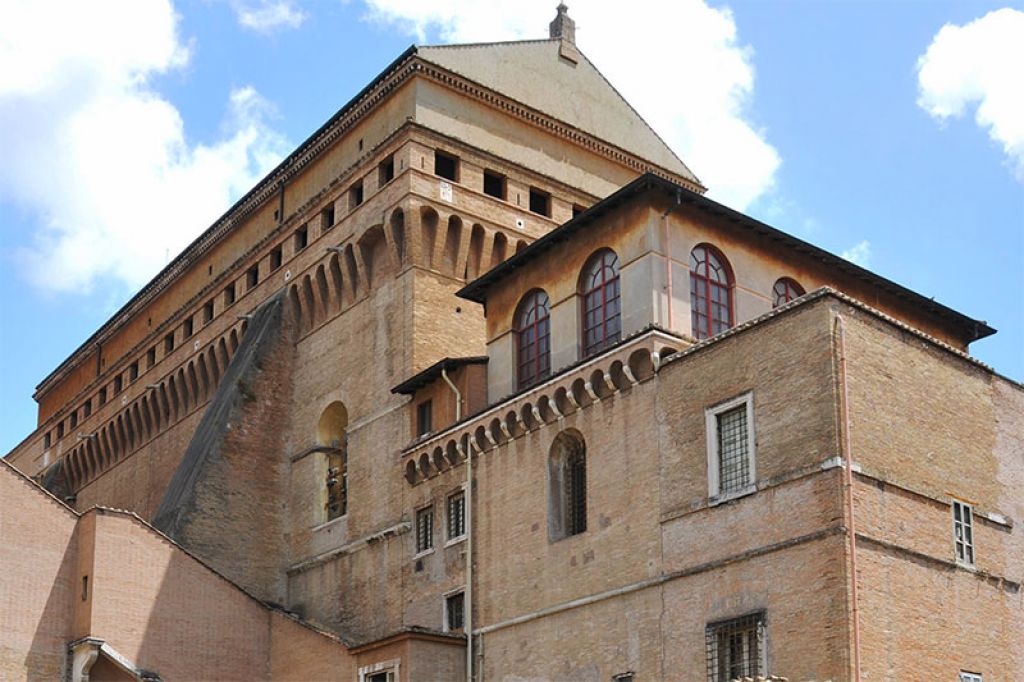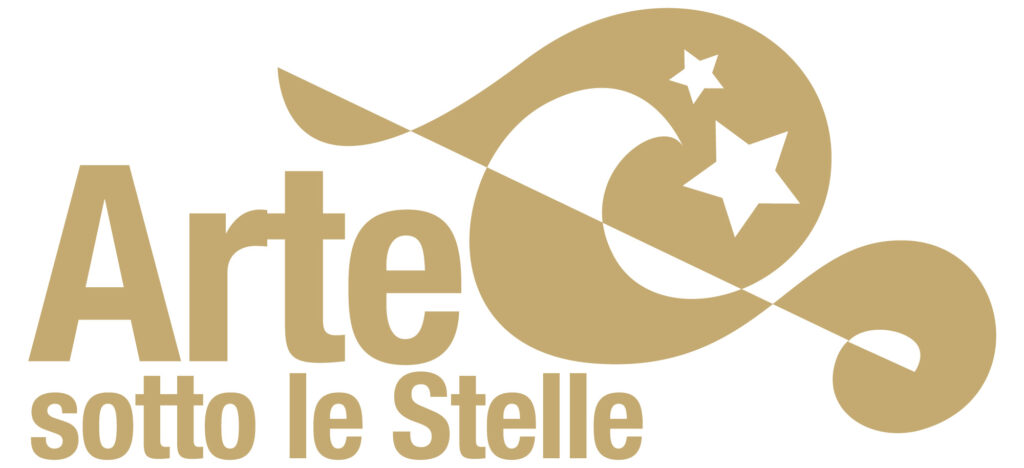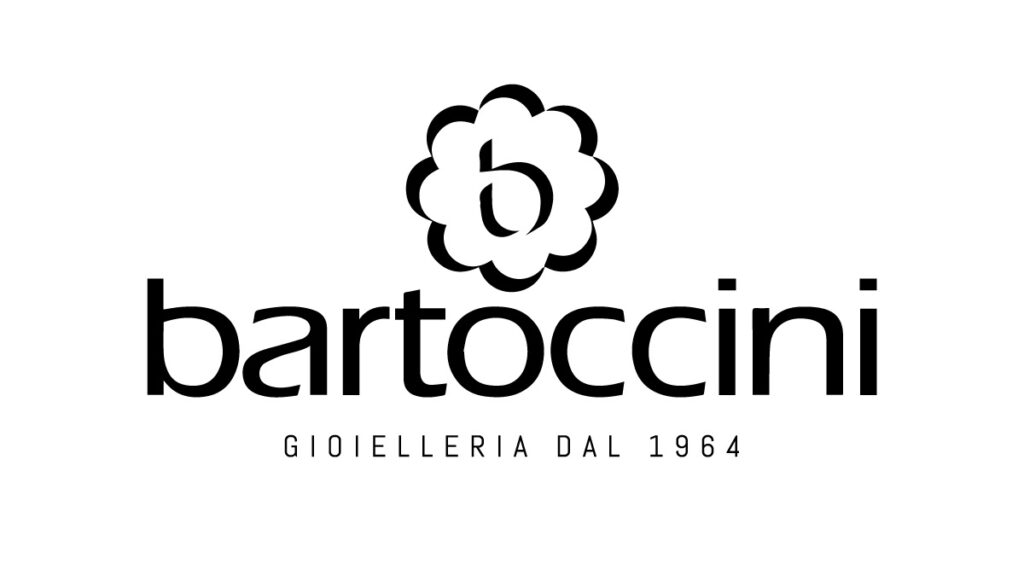Vatican Palaces – Vatican City
At the end of the fifteenth century, after the period of the Avignon’s captivity, the Palaces of Sixtus IV (1471-1484) were added, together with the famous Sistine Chapel which dates back to the same years, and the Palaces of Innocent VIII (1484-1492), located near the Vatican Basilica. These buildings were joined by two longitudinal porticoed corridors, designed by Donato Bramante at the behest of Julius II (1503-1513), framing on the sides a magnificent courtyard arranged on three levels.
The popes of the sixteenth and seventeenth centuries continued and expanded the Vatican Palaces; in particular, Sixtus V (1585-1590) was also responsible for commissioning the construction of the building in which the pope currently resides.
Nowadays, the Vatican Palaces preserve one of the largest art collections in the world, collected by the popes over the centuries: the Vatican Museums, an incredible set of museums and collections. Founded in 1506 at the behest of Julius II, they were opened to the public in 1771, under the pontificate of Clement XIV.
The museum collections preserve paintings, sculptures, numismatic collections and much more, in addition to the cycles of frescoes that decorate the halls of the Palaces and the Sistine Chapel.











